Rome. The Trevi Fountain
2023
The Trevi Fountain is the largest of the famous fountains in Rome. Built on the facade of Palazzo Poli by Nicola Salvi, the competition announced by Pope Clement XII in 1731 had initially been won by the French sculptor Lambert-Sigisbert Adam but subsequently the assignment passed to Salvi: it is said that the change was due to the fact that the pontiff did not want to entrust the work to a foreigner, however another version explains that Adam had to return to France. Begun in 1732, it was finally entrusted in 1759 to Pietro Bracci helped by his son Virginio. The two completed the work, which was inaugurated in 1762.
You may also like

2022
Gaeta, Lazio. The Grotta del Turco
Grotta del Turco is so called, as in the ninth century the ships of the Saracens took refuge in the crevices of this strategic promontory, to attack ships in transit and plunder them.

2024
Ostia. Archaeological Park of Ostia Antica
Ostia Antica is historically considered the “Gateway to Rome”: founded at the mouth of the Tiber, it was the first colony of Rome, as early as the 4th century BC.
2024
The abbey of Casamari
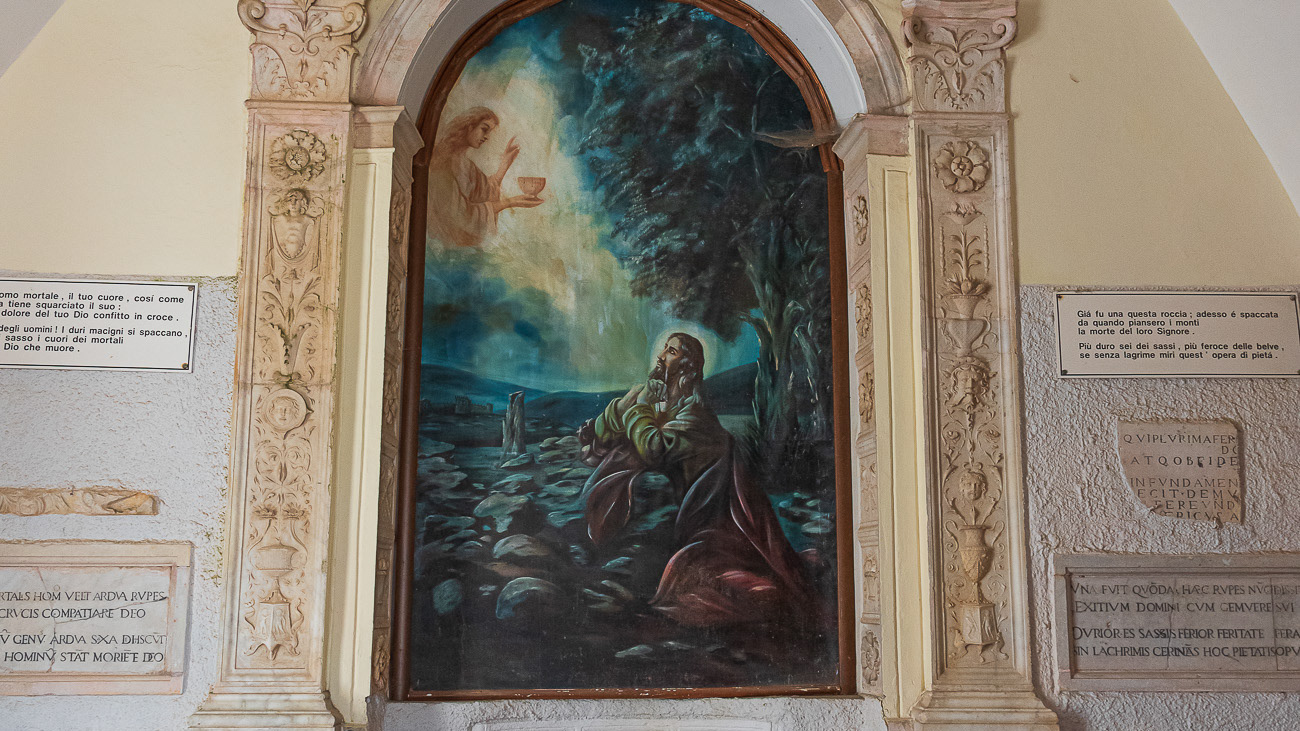
2022
Gaeta, Lazio, the Split Mountain.
According to the most famous legend, the Montagna Spaccata di Gaeta split into two large blocks of rock at the time of Christ's crucifixion, leaving an inlet to the clear waters of the Gulf. The waters of the Mediterranean poured into the rupture lines, forming underground caves and streams. The natural recess became an ideal hiding place for pirates since ancient times.
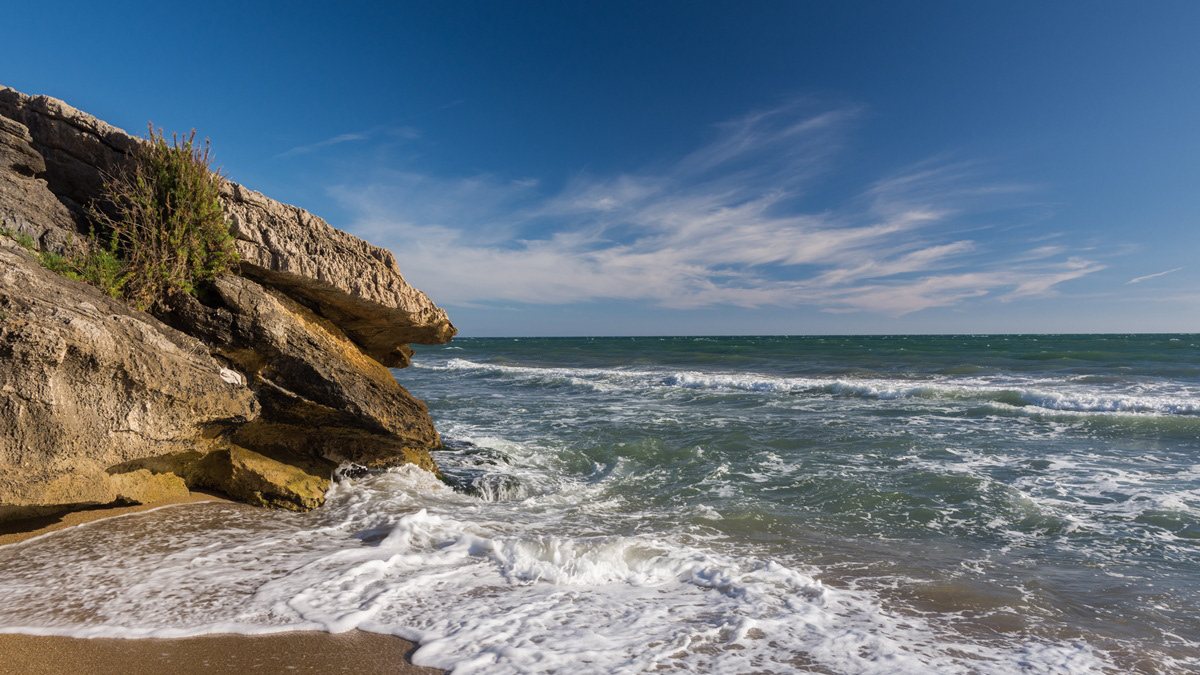
2017
Marina di Minturno (LT) - Parte V
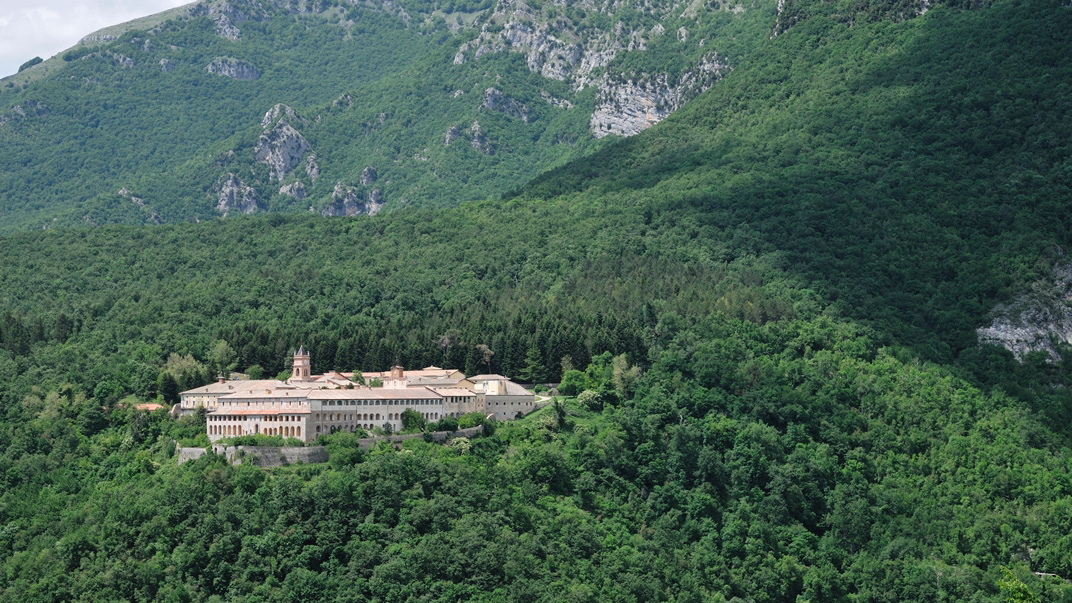
2015
Collepardo (FR) - The Charterhouse of Trisulti
The Charterhouse of Trisulti is a monastery located in the municipality of Collepardo, in the province of Frosinone. It has been a national monument since 1873. Since December 2014 it has been managed by the Lazio Museum Complex. It is located among oak woods, in the so-called Selva d'Ecio, at the foot of Mount Rotonaria (Monti Ernici), at an altitude of 825 m and 6 km north-east of the town. Immersed in the green of centuries-old forests lies this famous and majestic Certosa, founded in 1204 by the will of Pope Innocent III and entrusted, since 1208, to the Carthusian monks (hence the name "Certosa"). In 1947 they were replaced by the Cistercian monks of the Congregation of Casamari. In 2018 the Ministry of Cultural Heritage entrusted it in concession to the "Dignitatis Humanae Institute" Association. Inside it is possible to visit the Church with valuable works of art, the ancient Pharmacy of the seventeenth century. , the gardens, the refectory, the large cloister and the small cloister with the ancient cemetery of the monks.
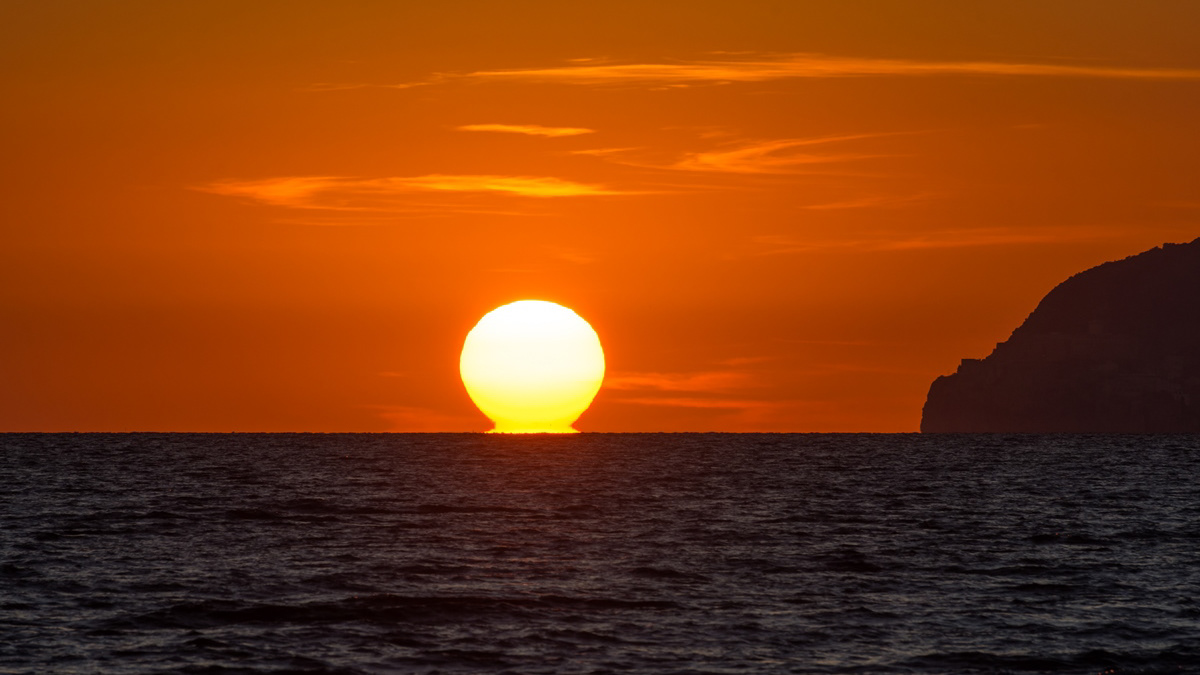
2017
Marina di Minturno (LT) - Sunset
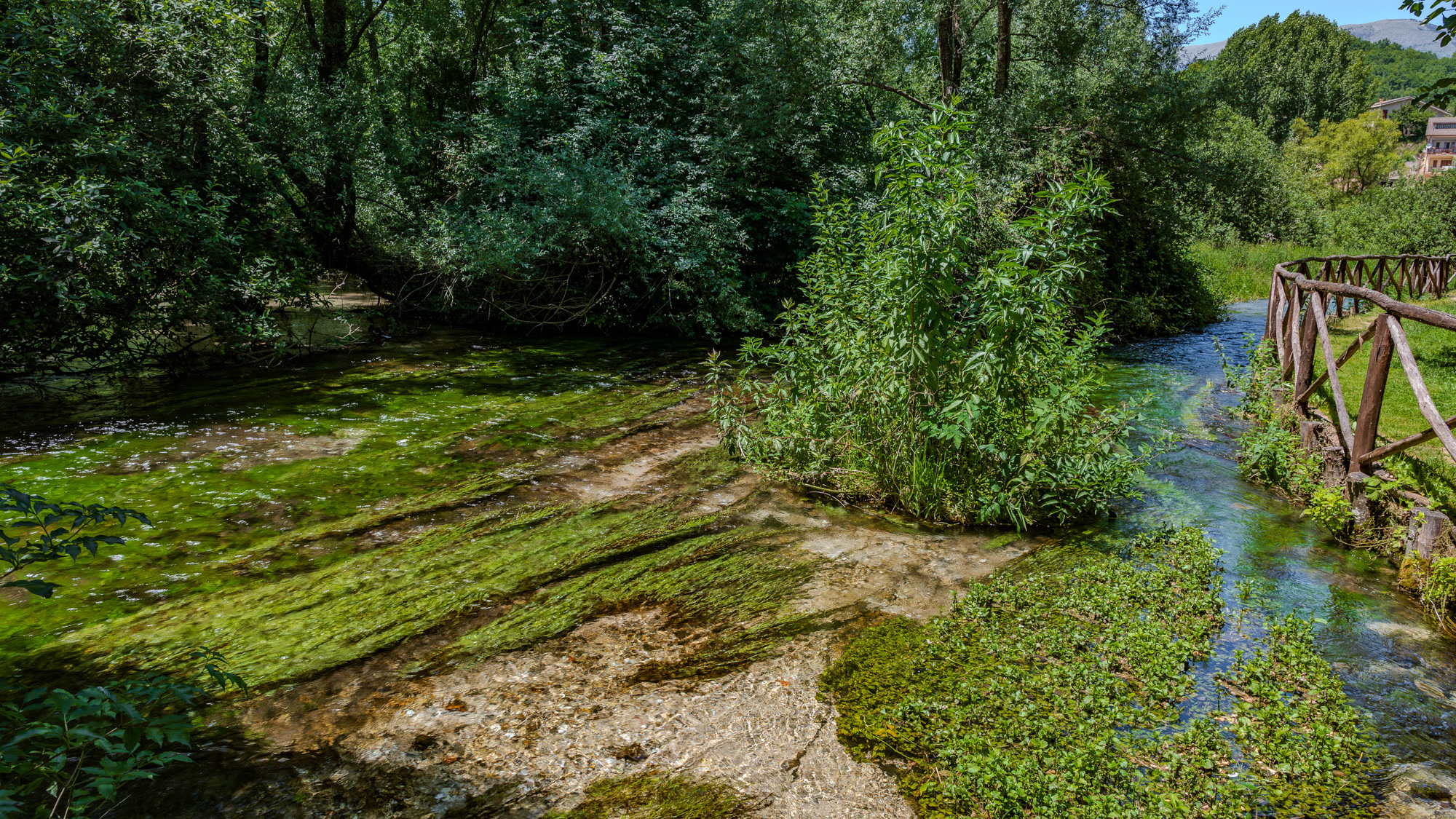
2024
Posta Fibreno lake nature reserve, Frosinone
The Posta Fibreno lake is located in the Comino Valley. In addition to its endemic fauna, the lake is known for the presence of a natural floating island already described by Plinio il Vecchio.
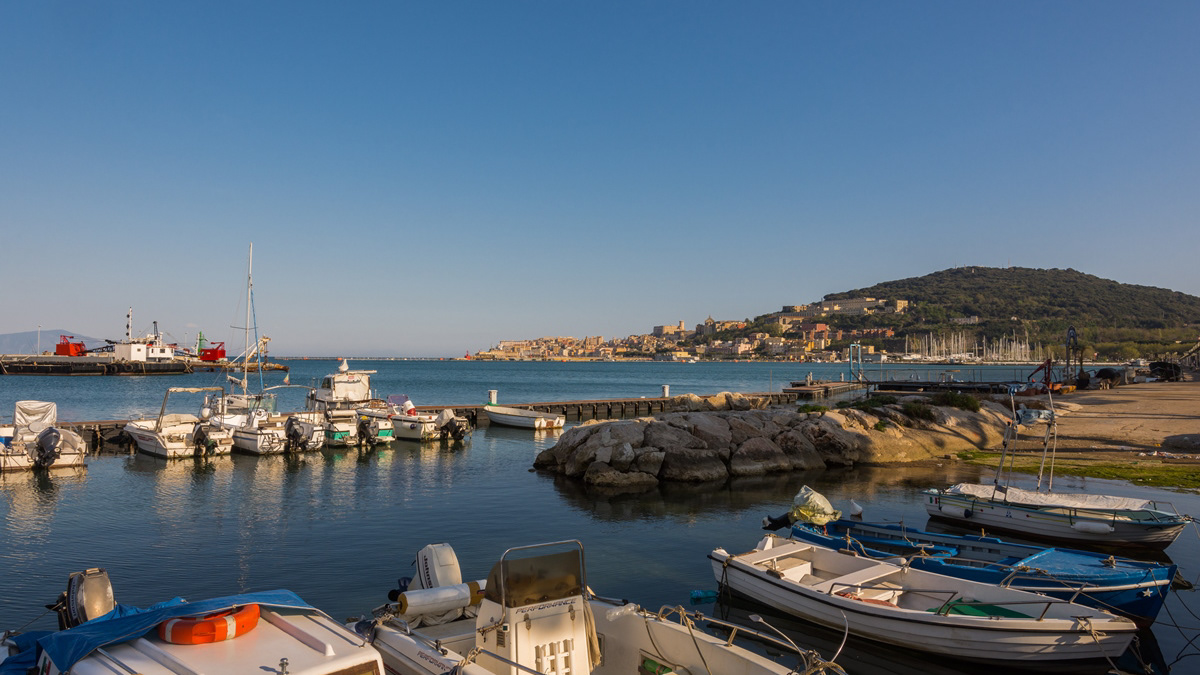
2018
Gaeta (LT)
Gaeta is an Italian town of 20 545 inhabitants in the province of Latina in southern Lazio, belonging to the historical-geographical region of the Terra di Lavoro. It rises in the homonymous gulf on the Tyrrhenian Sea and is about 90 km from Naples and 120 km from Rome. The Garigliano and Volturno rivers flow into the Gulf of Gaeta, which extends from the Circeo promontory to Capo Miseno.

2025
Priverno. Co-Cathedral of Santa Maria Annunziata
The diocese of Priverno has very ancient origins (figures of martyrs from the early centuries and the recent discovery of the remains of the ancient Paleochristian Cathedral in the archaeological site of Privernum, a Roman city). But the first certain evidence (documents and acts of jurisdiction) date back to the second half of the 8th century, when the signature of Bishop Boniface of Priverno also appears among the signatories of the acts of the Lateran Council called by Pope Stephen III. The diocesan cathedral, also very remote, was destroyed by a fire in 1159, later rebuilt and consecrated by Pope Lucius III in 1183. The building was renovated with various attempts starting from the seventeenth century until reaching the current layout with the addition of the side chapels. The final restoration, which took place between 1776 and 1780, brought about some alterations in a Baroque style with a central-southern influence.
